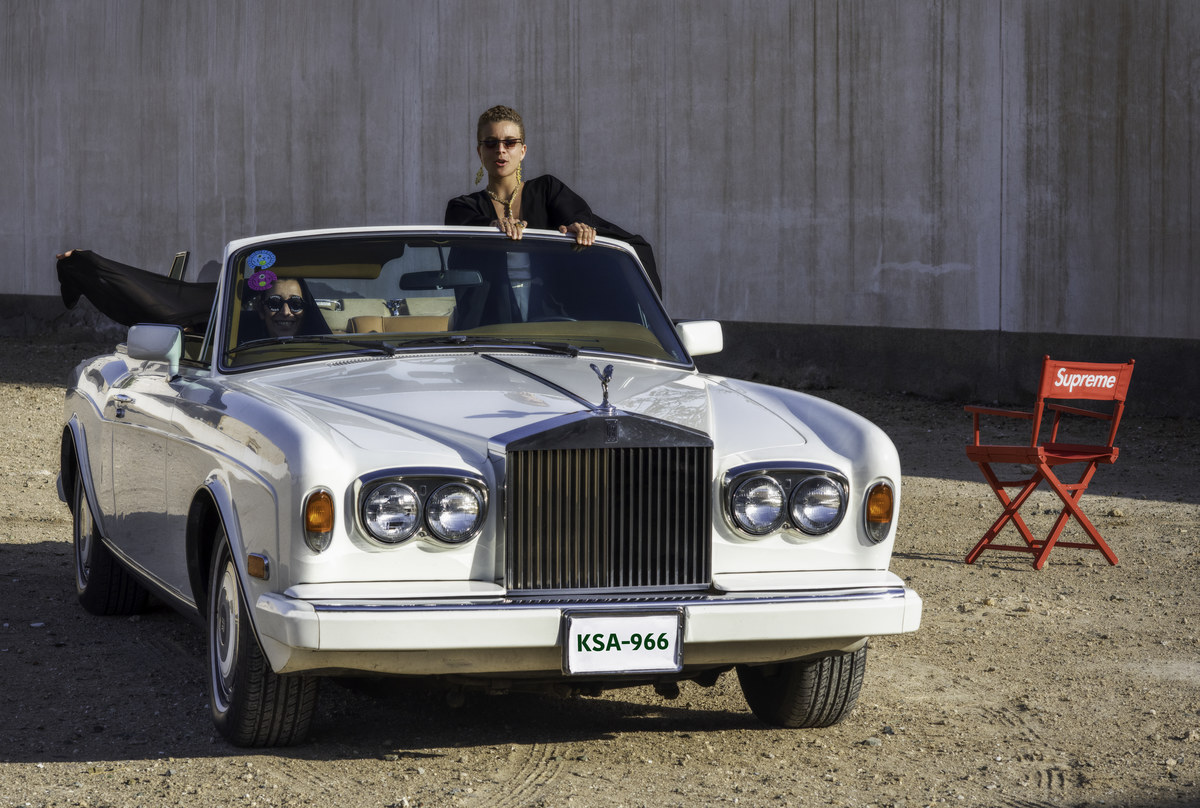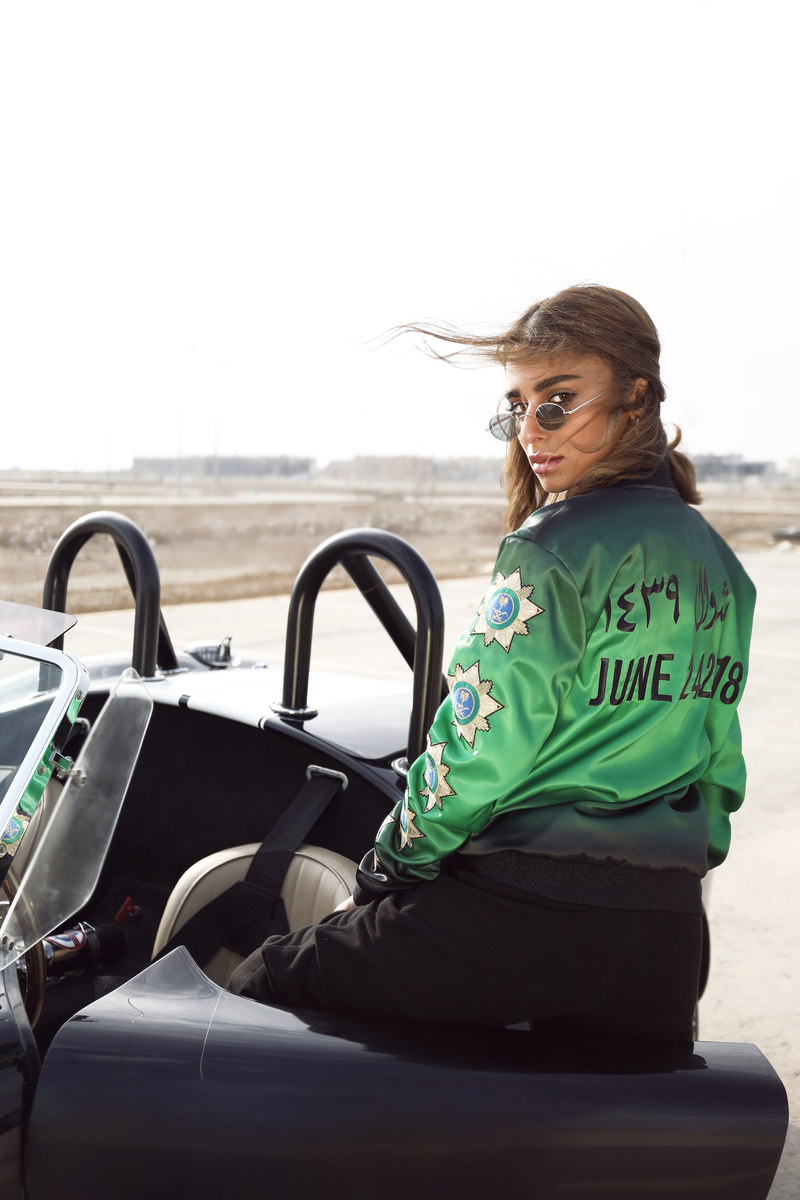DUBAI: Saudi Arabia’s first-ever street style book launched by Saudi entrepreneur and industry leader Marriam Mossalli, “Under the Abaya: Street Style from Saudi Arabia,” is groundbreaking in its exposure of the Kingdom’s unique fashion scene, still little-known outside the country. While the first edition offered an introduction to progressive Saudi women, the second sheds light on their challenges and aspirations through the lens of fashion.
The book launched June 24, the same day Saudi Arabia lifted the ban on women driving one year prior.
“What better day to launch our book than on the anniversary of this historic move toward gender equality,” said Mossalli. “It is a celebration of female empowerment in its purest form, as it allows the women of Saudi Arabia the opportunity to narrate their own stories through authentic representations of themselves.”

Fatima Al-Bloushi photographed by Essa El-Dobisi. Supplied
Since founding Niche Arabia in 2011, a luxury consultancy firm based in Saudi Arabia, Mossalli has become one of the Kingdom’s most recognized female voices in fashion and luxury.
“What I love most about ‘Under the Abaya’ is that it is the definition of women supporting women,” Mossalli said. “A hundred percent of the proceeds will go toward granting scholarships so that young women can pursue their dreams of higher education.”
LUX, one of Unilever’s largest beauty and personal care brands, is the exclusive sponsor of the book.
“LUX is honored to partner with ‘Under the Abaya’ to shine a spotlight on inspiring Saudi women,” said Severine Vauleon, global brand vice president, LUX. “We believe in the undying spirit of women everywhere who take pride and pleasure in their beauty and never let judgments hold them back; a woman’s beauty is also an expression of her spirit, of who she is, of what she thinks, does and accomplishes.”

Marriam Mossalli and Mariam Zahid. Supplied
Saudia Arabia’s first female Ambassador to the United States, Princess Reema bint Bandar Al-Saud, authored the forward of the book. Princess Reema has long been dedicated to women’s empowerment in the Kingdom.
In 2013, she founded Alf Khair, a social enterprise dedicated to providing access to opportunities for Saudi women by offering them professional guidance. She also co-founded the Zahra Breast Cancer Awareness Association.
“‘Under the Abaya’ encapsulates a desire to tell stories, and access or create opportunities,” writes Princess Reema in the foreword. “The project’s principles are an example of women supporting women.”

Jory Al-Maimam shot by Ekleel Al Faris courtesy of Hindamme. Supplied
The role of women has become a key feature of Saudi Vision 2030. The plan aims to have women play a greater role in society and seeks to raise female participation in the workforce from 22 percent to 30 percent.
“Young women are under a lot of pressure due to social media and expectations,” said Haya Sawan, a Saudi fitness trainer and healthy lifestyle enthusiast who is profiled in the book. “We as women should ensure that we raise our daughters in a way so as to encourage their inner beauty and cultivate their skills. We need to embrace the younger generations and accept them for who they are and not for what is required or expected of them. Be strong and beautiful.”
Saudi actress, director and writer Fatima Al-Banawi, who also features in the "Under the Abaya," spoke about the judgments placed on women: "I believe we need to talk about these things and be aware of them because these experiences shape us, whether we are the ones judging or receiving judgement. Judgments come from incomplete stories and as humans, we love making stories."
















